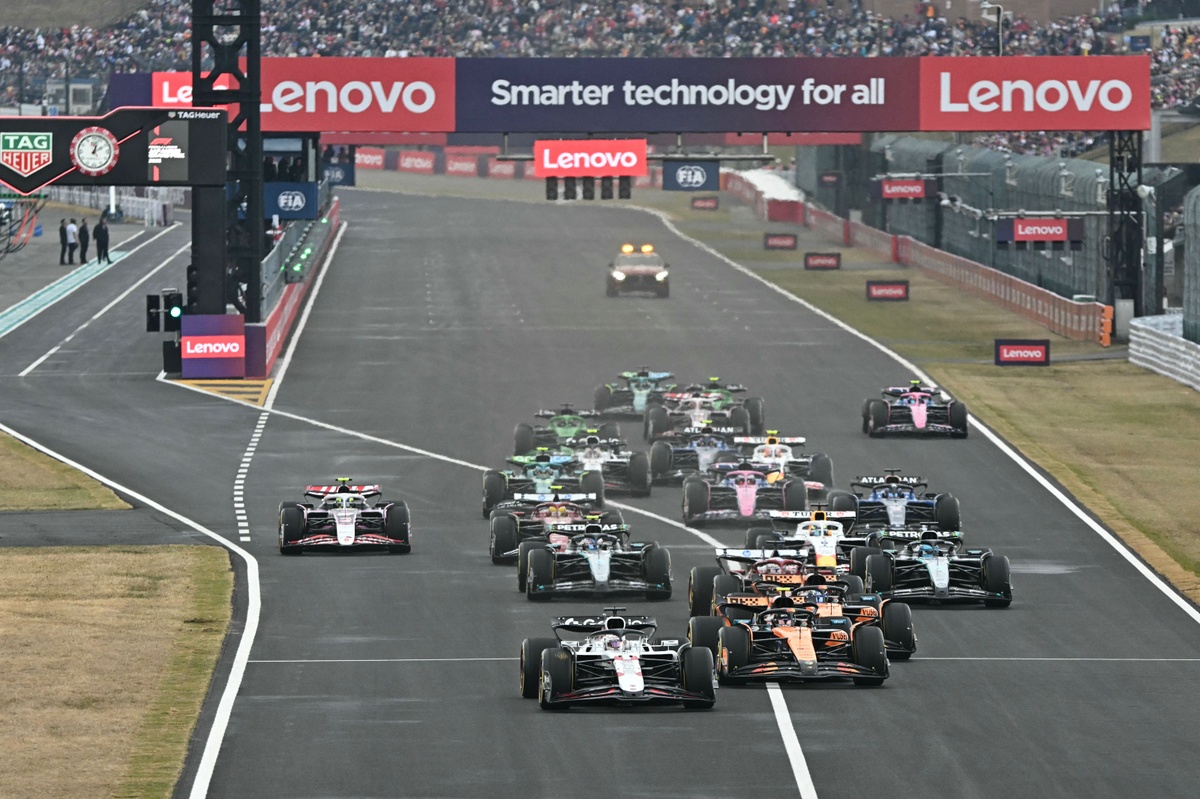Enthusiasts Harness AI to Forecast F1 Race Outcomes, with Continuous Improvement in Technology

Predicting F1 Race Winners Using Machine Learning
Background of the Experiment
Ahead of each Formula 1 grand prix weekend, fans often engage in discussions and make predictions about which driver might secure victory. Mariana Antaya, a data scientist and passionate F1 fan, took this to the next level by developing a machine learning model aimed at predicting race outcomes. So far, her model has successfully predicted the winners of three races this season.
Antaya explains her motivation, stating that many teams in Formula 1 utilize machine learning algorithms in real-time to refine their strategies. She wanted to explore how effectively she could predict winners using the available data, turning it into a fun challenge.
Building the Model
To create her predictive model, Antaya began by analyzing lap times from the previous year’s Australian Grand Prix, leveraging data from the FastF1 API. She compared this historical data with qualifying performances from the 2025 season. Antaya removed rookie drivers from her dataset since they lacked adequate benchmarking data. She then employed gradient boosting techniques to estimate lap times and eventually predicted Lando Norris would win the race.
Antaya acknowledges, “This is obviously a simple model, and I didn’t know it would predict correctly.” After this success, the project gained traction, attracting the attention of the F1 community, who eagerly followed her predictions. She aimed to make the process collaborative, asking viewers for suggestions on features to improve her model.
Adding Complexity to Predictions
As her model matured, Antaya incorporated more data to enhance its accuracy. She explained, “Having more data helps the model learn better. Limited data can restrict its understanding.” For example, in preparation for the Japanese Grand Prix, she added weather information, including rain likelihood and track temperatures at Suzuka. This additional data helped her accurately predict Max Verstappen’s victory.
In anticipation of the Saudi Arabian Grand Prix, Antaya also integrated performance metrics from each team throughout the season. This allowed her model to recognize advancements made by teams like McLaren and Williams, while also noting inconsistencies in Red Bull’s performance compared to the previous year.
Community Engagement and Response
Antaya has shared her journey through posts on platforms like Instagram and TikTok, where her content has gained significant popularity. Some engineers from F1 teams reportedly reached out to her, curious about the methodologies she employed. Antaya expressed her surprise at the positive response, acknowledging the complexity of the models used by professional teams.
“I’ve been shocked by the response. I honestly have no idea how the teams operate. I wish I knew,” she remarked, noting that professional teams likely use much more sophisticated methods with a wider array of data.
Continuous Improvement of the Model
Focused on continuing enhancements, Antaya expressed her eagerness to refine her predictions for subsequent races, particularly ahead of the Miami Grand Prix. She aims to experiment with more advanced machine learning algorithms to boost the model’s predictive accuracy and minimize the average error in her predictions.
Antaya also acknowledges the unpredictable elements inherent in racing. “There will always be barriers, like an unexpected safety car, which can change the outcome significantly,” she stated. She hinted that incorporating historical crash data might be beneficial, yet emphasized that the nature of the sport means not every variable can be anticipated.
Summary of Approach and Goals
Antaya’s endeavor combines a love for F1 with data science, proving that even casual fans can engage with the sport in innovative ways. By crowdsourcing input from fellow fans and continually refining her model with additional data points, she serves as an example of how technology can enhance sporting predictions, driving interest and engagement within the F1 community.



